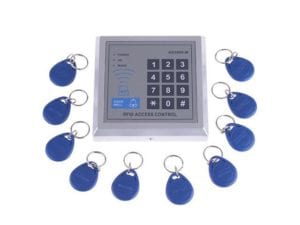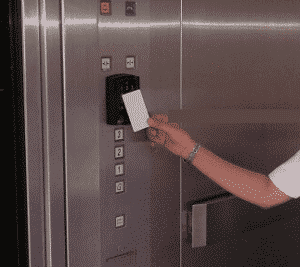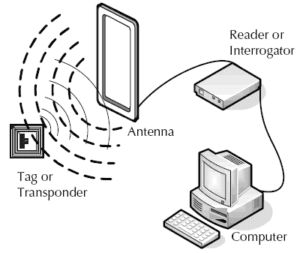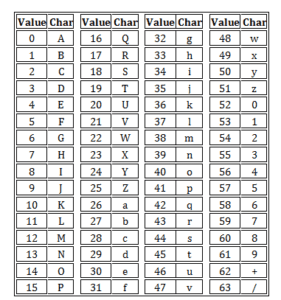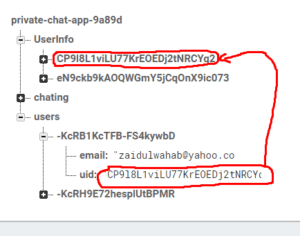How Key Fobs Work? | FobToronto
Fobs emit a numbered access code that is assigned to your unit in your building to grant access to amenities and entrances. Interested to know that how key fobs work? Then let’s start!
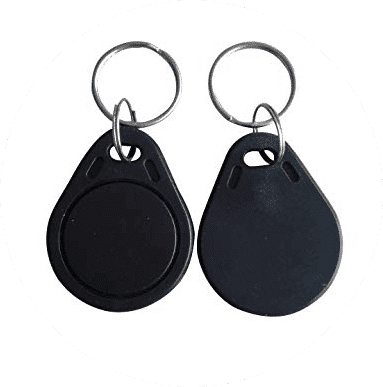
RFID Explained
Key Fobs Are Assigned Hexadecimal Access Codes
How key fobs work: by using authorized numbers for each of the tenants, security team, board members, cleaners, etc. With different access for rooms, amenities, employee-only sectors. As an example, your security department team might have access to certain areas, and higher authority & access than other members. For example: tenants using passive RFID tags or active RFID tags.
Furthermore, tenants of the building have access to certain floors for their respective units using a security fob key. The more secure the building security system is, the more the access is segregated and specific to each tenant (i.e. they can’t access floor 9, if they live on floor 7).
Lobby Access As Well as Floor Access in Condos
Everyone in the building can access the main doors at the lobby using RFID technology (since the lobby is a basic area), as well as the elevator to access any floor since that’s considered a ‘lower’ level of access. The fob has antennas embedded in the hardware on both ends that allow readers like in the elevator or entrance doors to detect the authorized fob code, which is assigned by management to enable the access requested.
This allows security fob keys to allow only residents to access their units.
How Fobs Work: Encoded Data
Key fobs have a unique identifier based on their manufacturer. Each type or manufacturer uses its own encoding method making it digitally different from fobs in that building and other buildings, despite being supplied by the same manufacturer. In addition the security office authorizes codes for their building. One large use case is in supply chain management for encoding UIDs for different product lines, and for distribution using RFID tag products. Another would be for mobile device management to track which devices have been given to employees for better device tracking and inventory management.
RFID Fob key readings depend on the numerical digits and the read range which usually from our experience is between 1 to 2 inches from the rfid reader. This is based on a standard RFID chip to obtain the correct frequency identification using the hexadecimal based radio frequency identification waves emitting from the fob.
‘Bits’ to Be Converted for Encoding
Types of digits have conversions from Bits (or binary digits) > Hex (or hexadecimals) > ASCII (American Standard Code for Information Interchange).
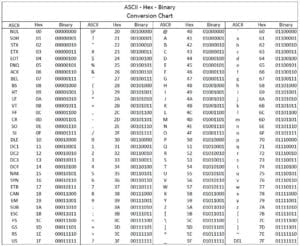
These numbers above are based on the type of fob such as HID (or Indala), AWID, Paradox, GProx, Pyramid, Mifare & more and differ in how each contain the data.
Hexadecimal RFID Data Assignment
RFID technology involves an active RFID fob code is made up of values, based on hexadecimal formatted data authorized by management RFID systems with encrypted tags used by the manufacturer.
The most common form of storing data is the hexadecimal system, by using 16 character types such as the letters A-F and numbers 0-9.
Each hexadecimal character represents a string of four bits and below is the same string of 96-bits above, represented in hex.
Both of the lines below mean the same thing in hexadecimal format:
Exhibit A
0100 1111 0100 0010 0010 0010 0111 0101 0011 0011 0100 1000 0011 0101 0100 0010 0011 1111
Exhibit B
4 F 4 2 2 2 7 5 3 3 4 8 3 5 4 2 3 F
Summary: Bits -> Hex -> User Identification + Facility Code
How the key fobs work is with a User Identification (UID) and the Facility Code (FC) issued by the building management for the key fob. This grants access for you as a tenant, security member, or master access member, by using passive RFID tags working with RFID readers installed in the building for each accessible area.
Got more questions? Text us up at 416-931-0225 and we’ll answer you in the next hour.
Max. in 1 working business day! Or just visit us to inquire.
Infographic: How RFID Works
Further reading on how fobs work from an RFID perspective


How RFID Works Infographic - Key Fob Copy Service with Lifetime Warranty | FobToronto
Learn more about how RFID key fob copy and asset tag tracking works using electronic coil and fob technology and the data behind the copying process.
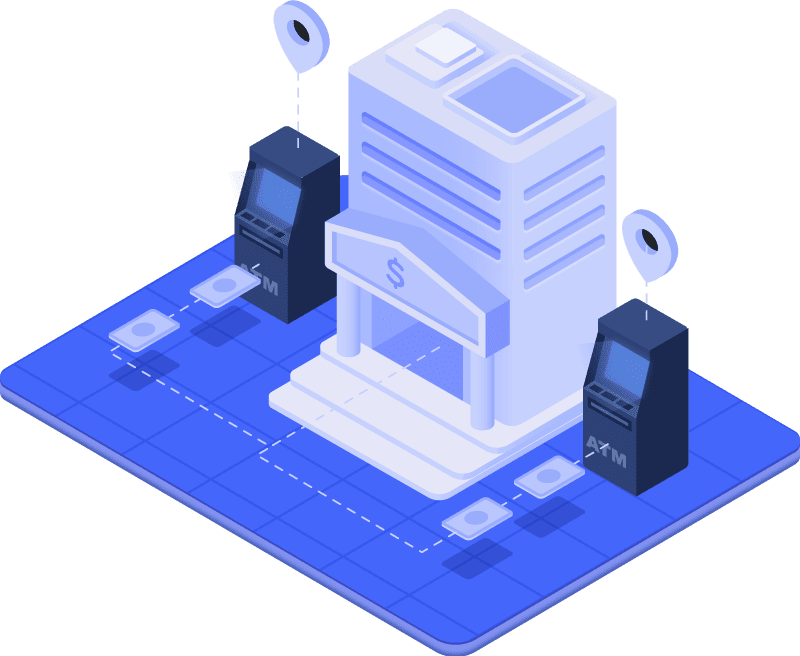
Book Appointment or Visit
Ready? Set? Save!
Are you now clear on how remote entry works? Now that you know you’re compatible, you’re ready to start the journey to come visit us at our location. If you’d like to visit one of our other locations, please do!
More Details:
We do our best with being up to date with the list of key fob types we can copy on our website, but most of them are do-able based on your selection.
There may be some exceptions, but condo key fob types for the main door plus elevator are 100% compatible, as well as garage remotes.
Pricing varies for the type of service you need, all including lifetime warranty (excluding physical damage, battery replacements of remotes, code changes by management).
We are located Downtown and Uptown:
Visit our new Downtown storefront located at 47 Charles St W Bay Charles. We are open daily: 9:30 AM to 7:30 PM Monday to Friday, 10:30 AM to 6:30 PM on Saturdays and 11 AM to 7 PM on Sundays. Walk-ins welcome.
We also have an office in North York at 5 Spring Garden Avenue Yonge Sheppard.
Please come by and ask us any questions you may have on how fobs work. We’re more than happy to answer any questions and help you see that getting a new fob copied externally is a move worth considering. Condo management can charge up to $400 to copy your fob with a 2 week turnaround time on average.
We’re open daily Monday to Sunday, and open for holidays. See you soon!
More Questions?
Email: fobtoronto6@gmail.com
Toronto phone number: 416-931-0225

